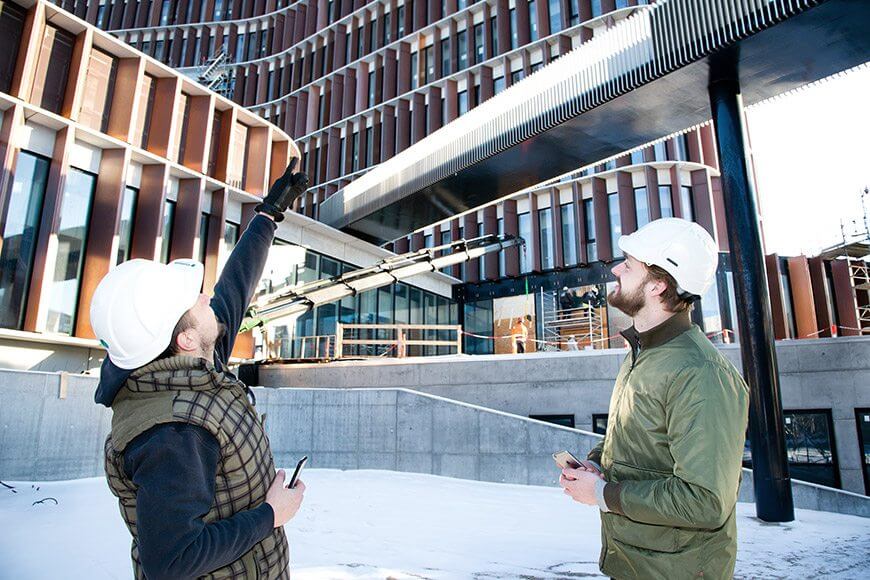Before I start on about Design Criteria, let’s get something cleared up and out of the way!
“Buildability” doesn’t mean “Can it be built?” Us builders, like, we’ll stick anything up as long as it is designed to be structurally stable and technologically possible! No: “buildability” means does the project work actually fall within the Client’s allocated budget?!
Design criteria, strangely, isn’t something that Contractors are really involved and interested in, unless it is Design and Build contract, but is something we should all be aware of. It comes down mainly to all the messing about and arguing that goes on before the start on site!
Step One is the Client’s Brief. Before they come up with that there has had to be loads of discussion about what they think they need and all the office politics with various interests seeing their self-importance go up or down! This bit is looking at the needs of the end-users.
Step Two, they hand their Brief over and then it all gets worse! The Architects, Building Control and Town Planners all get involved arguing about Statutory Compliance! This means the design has to go back to the Client to make sure it fits within their budget for the project. Yes? No? Does it still fit the end-users needs? Either way, back to the Architect et alles, and it is back into the vicious circle to modify designs!
Step Three comes suddenly! Towards the end of all this, someone thinks of Risk as a design criterion; complexity, cost, time, material supply, etc.. And then it is all back into the melting pot again!
There is one other matter that has to be thought about, too. This is a new one. We used to “build for posterity”, but we don’t any more! Our modern world is changing so fast that consideration has to be given to Future Change of Use. That can range from things like designing the building so it can be quickly and cheaply demolished to designing a Supermarket so that it can readily be converted to recreational use.
Once the contractor does eventually get started on site, with the work all programmed, they do have some small involvement in making sure the project retains its Buildability. The first is to make sure Requests for Information (RFI’s) go in fast as soon as a deficiency or error is noticed. That focuses the Architect’s or Engineer’s attention on their duty to their client. The second is to make sure that Confirmation of Verbal Instructions (CVI’s) are issued every time someone just happens to say “We’d like that changing.” That actually makes them think! If there are only modest cost implications and it makes good sense, the clients usually go along with it. If it is going to cause Delay, they immediately say to forget that! Both these bits of paper protect the Contractor’s backside against LAD Claims!




